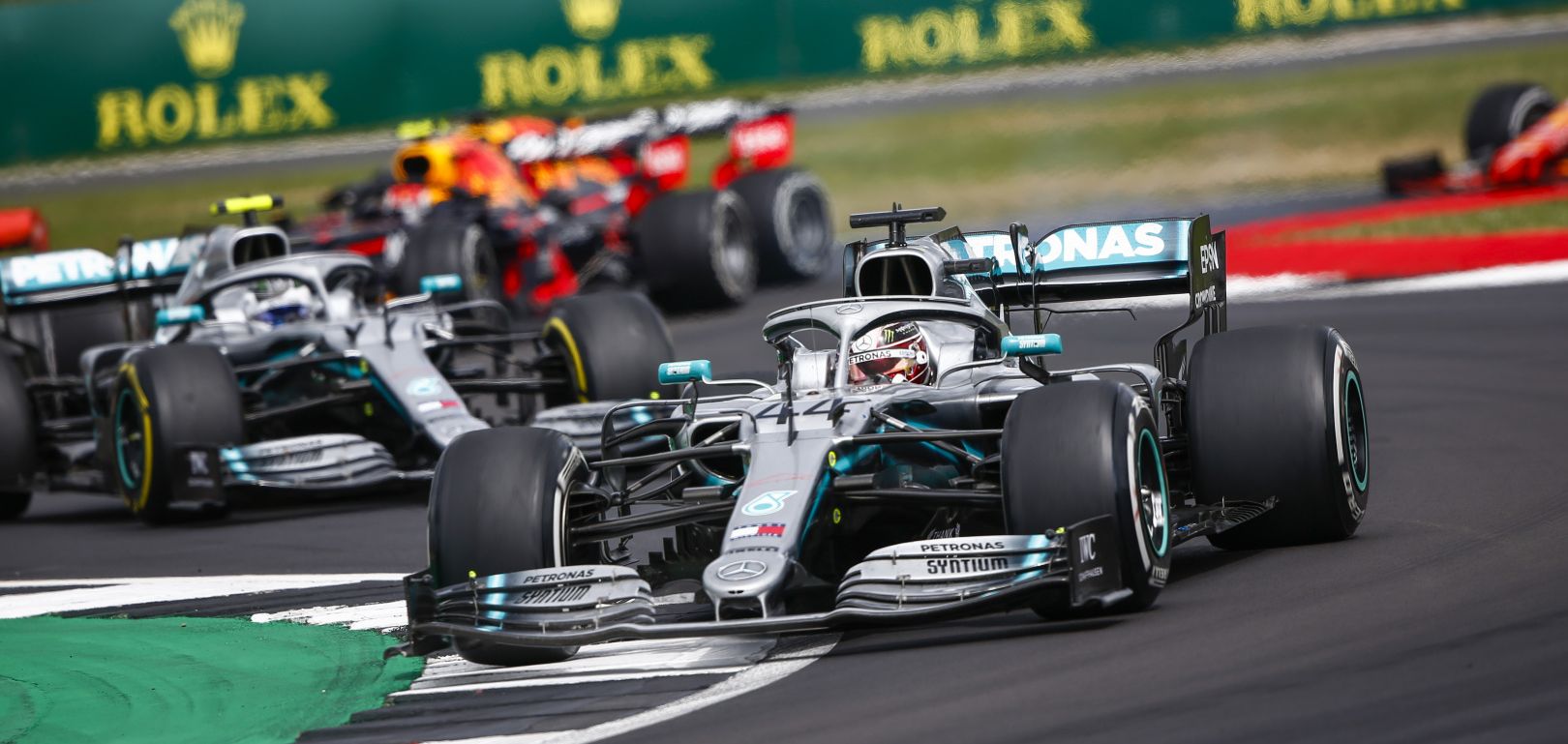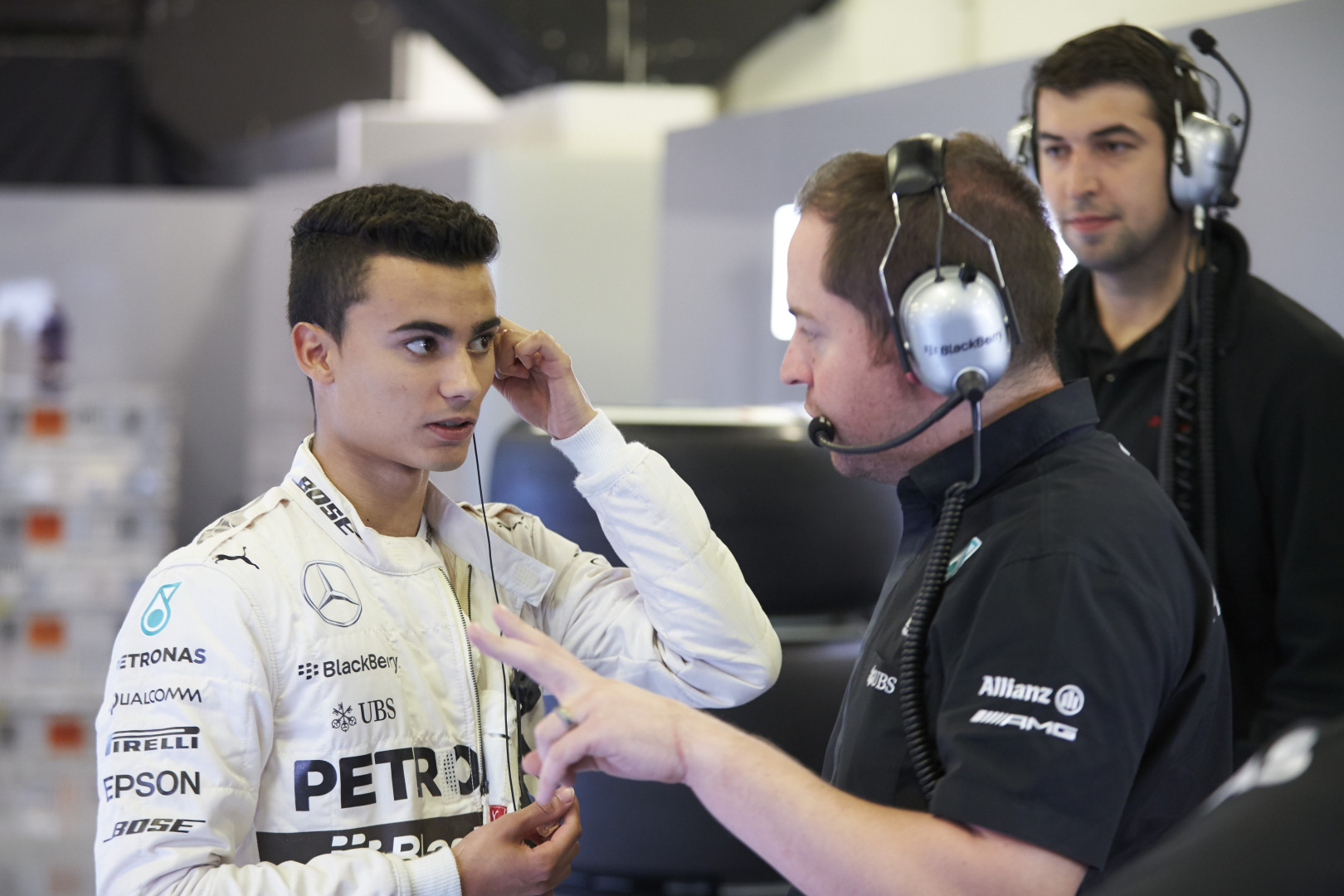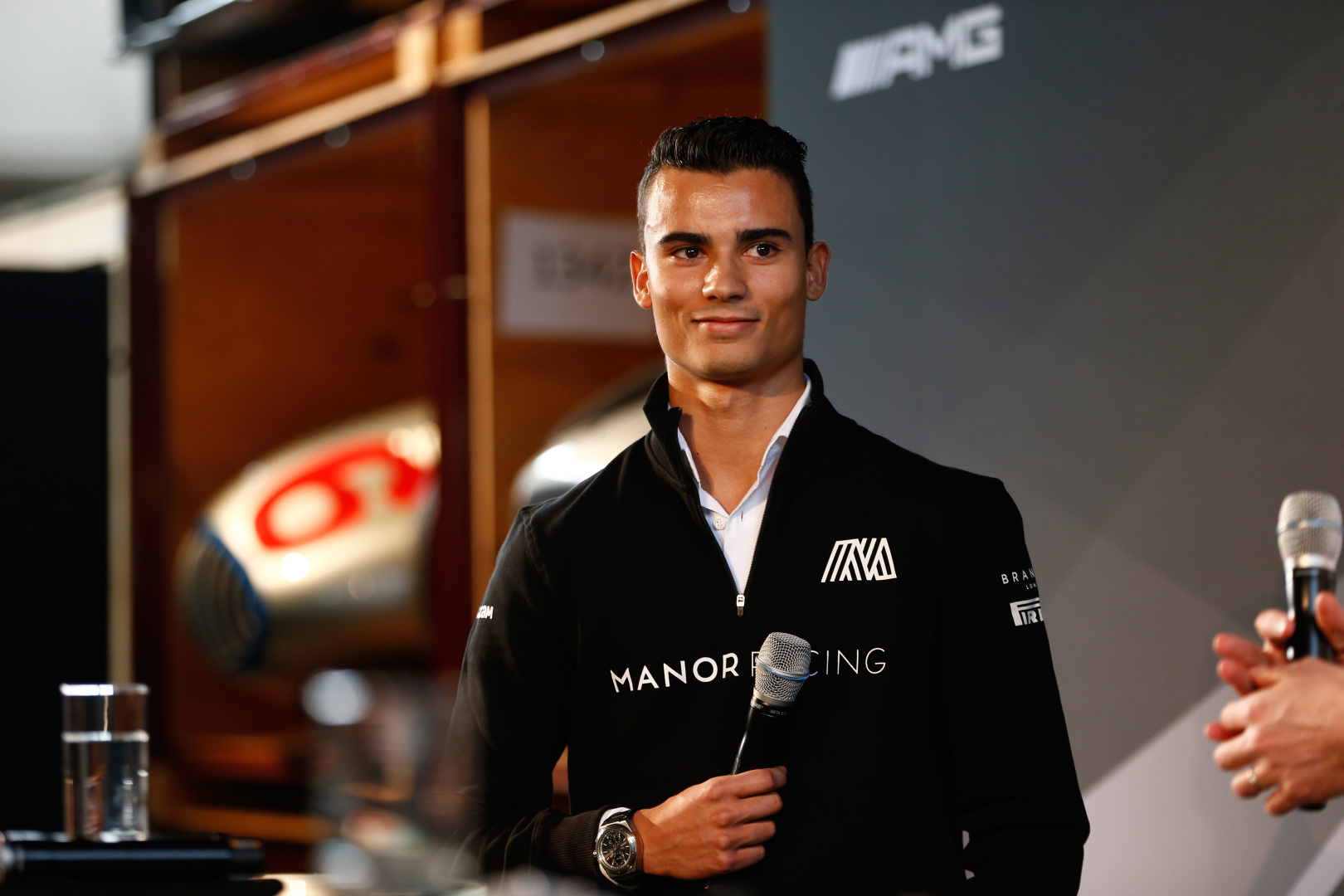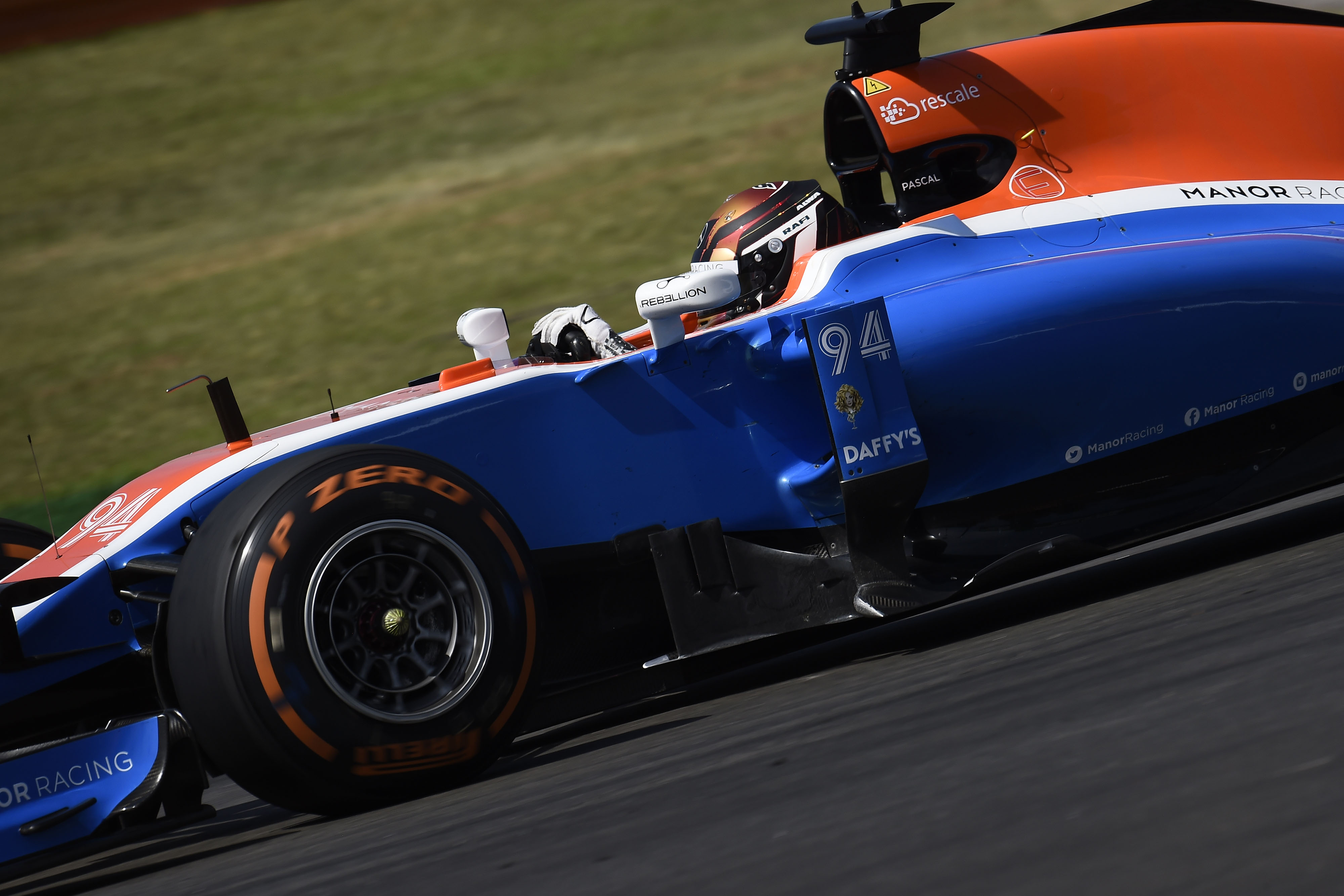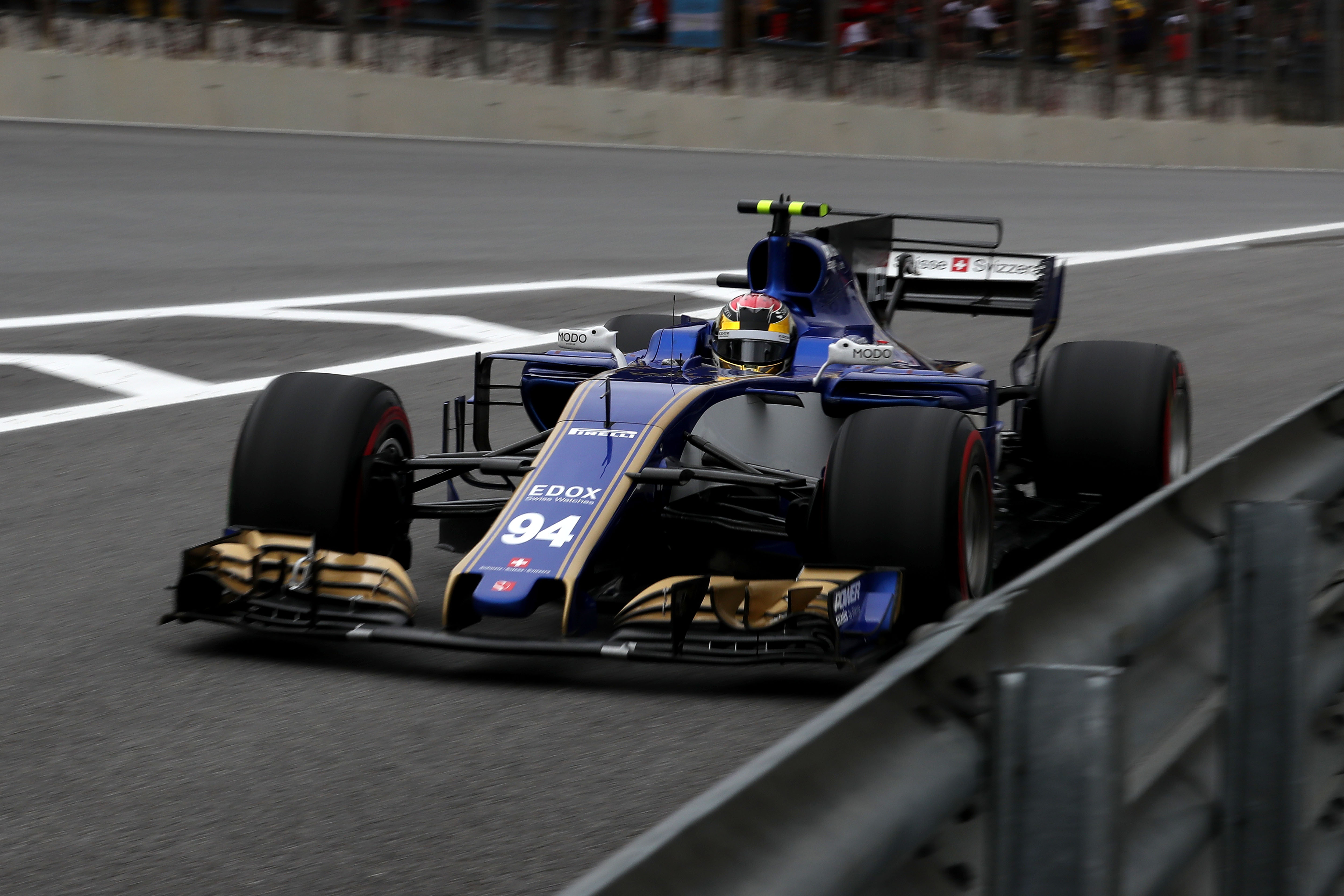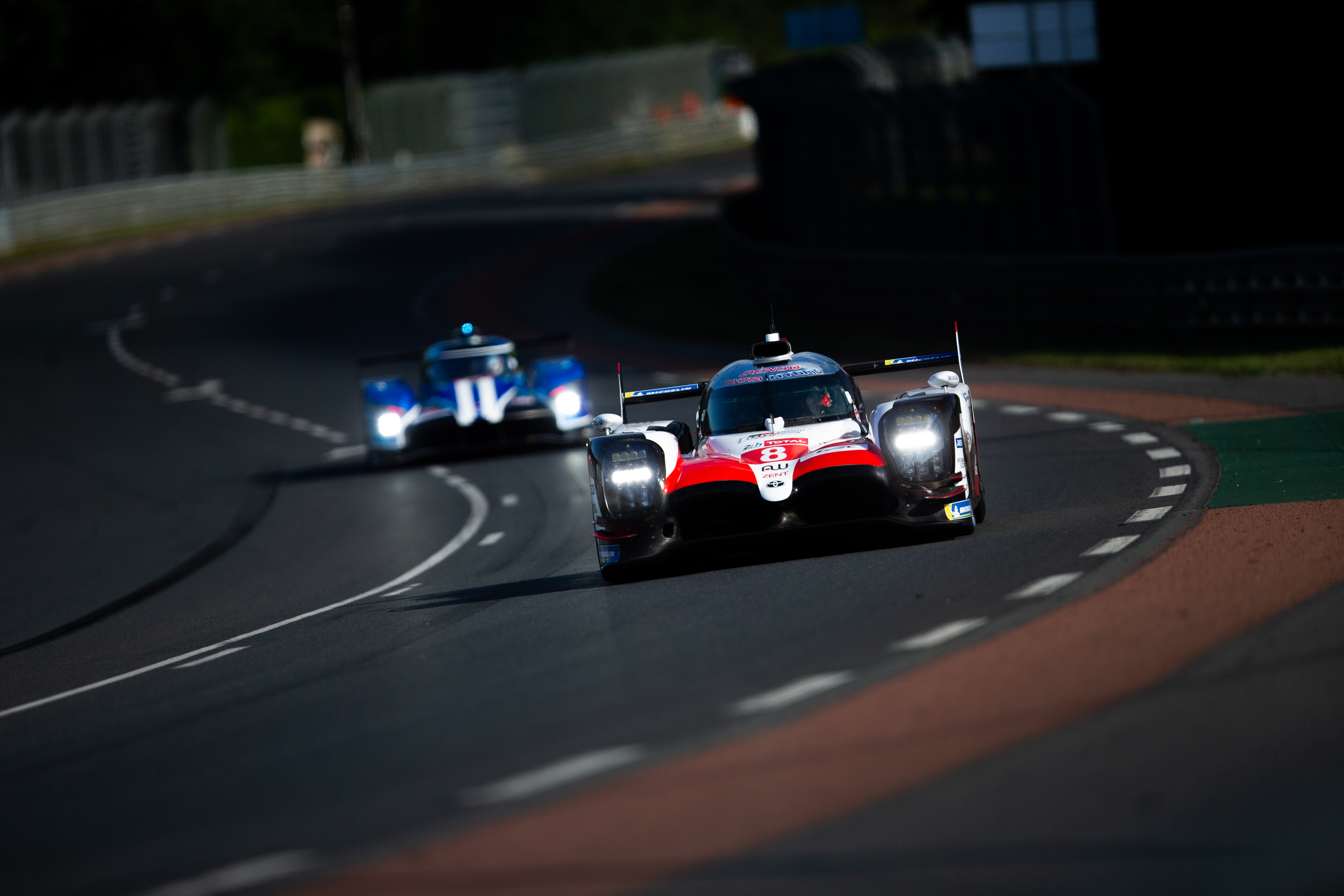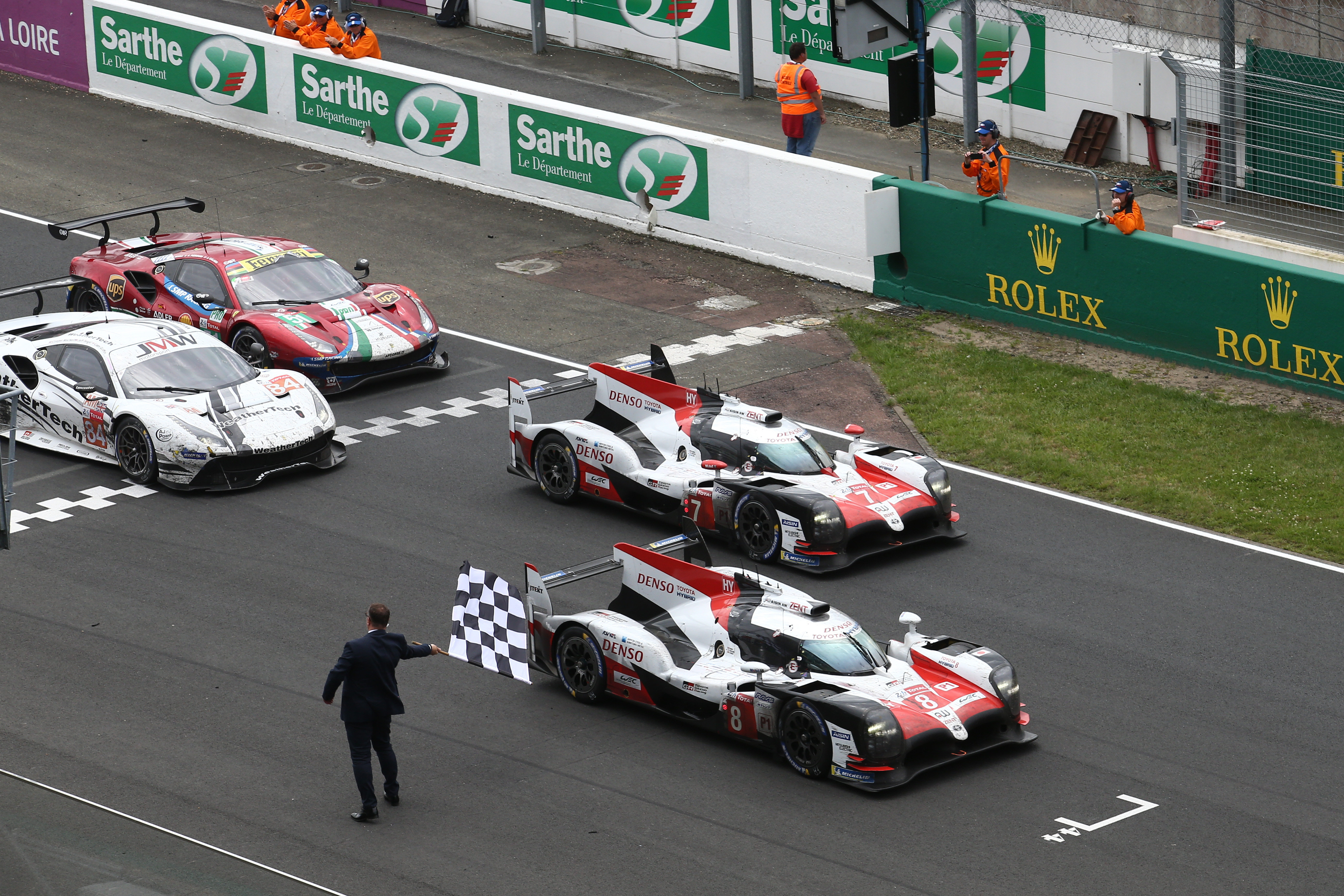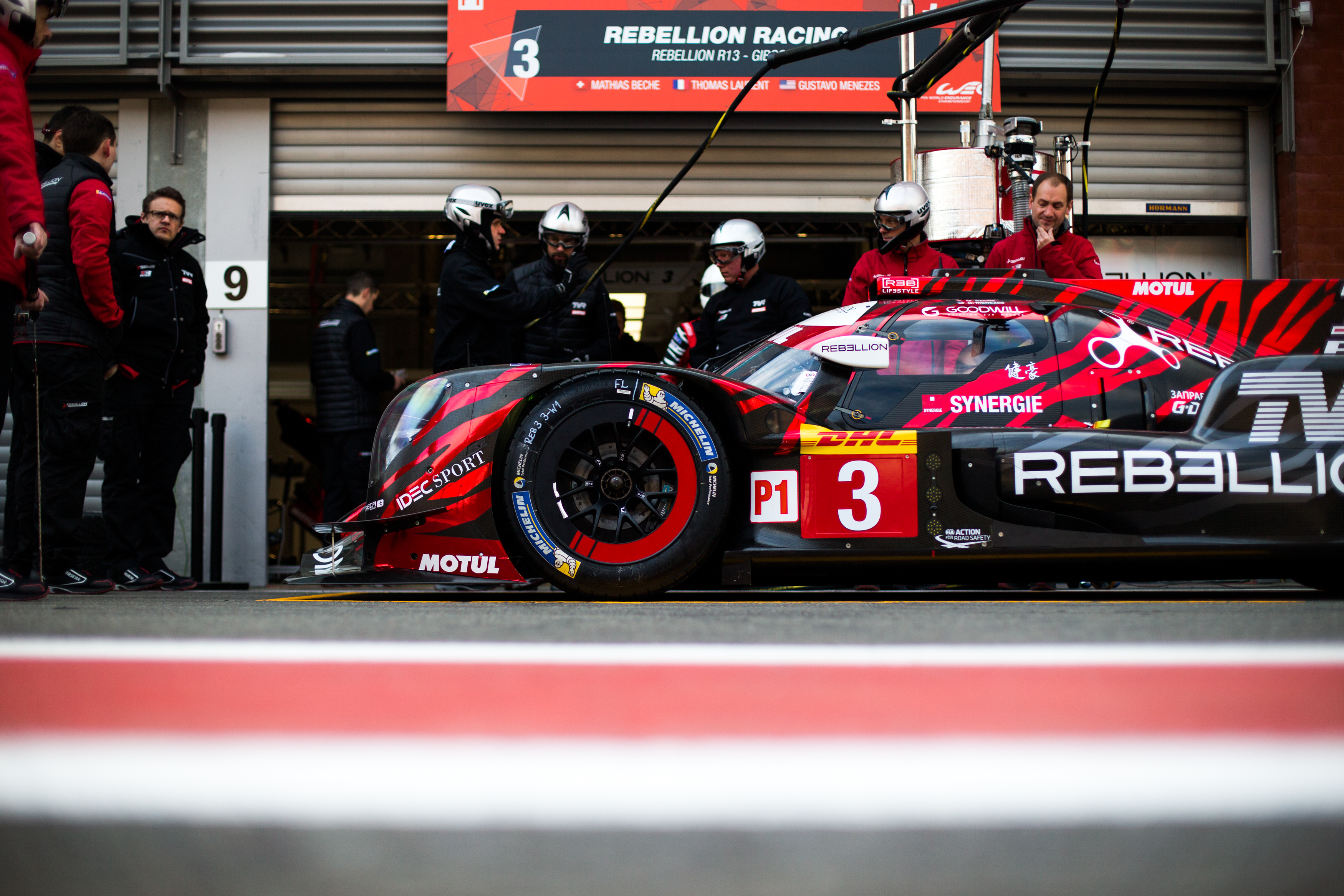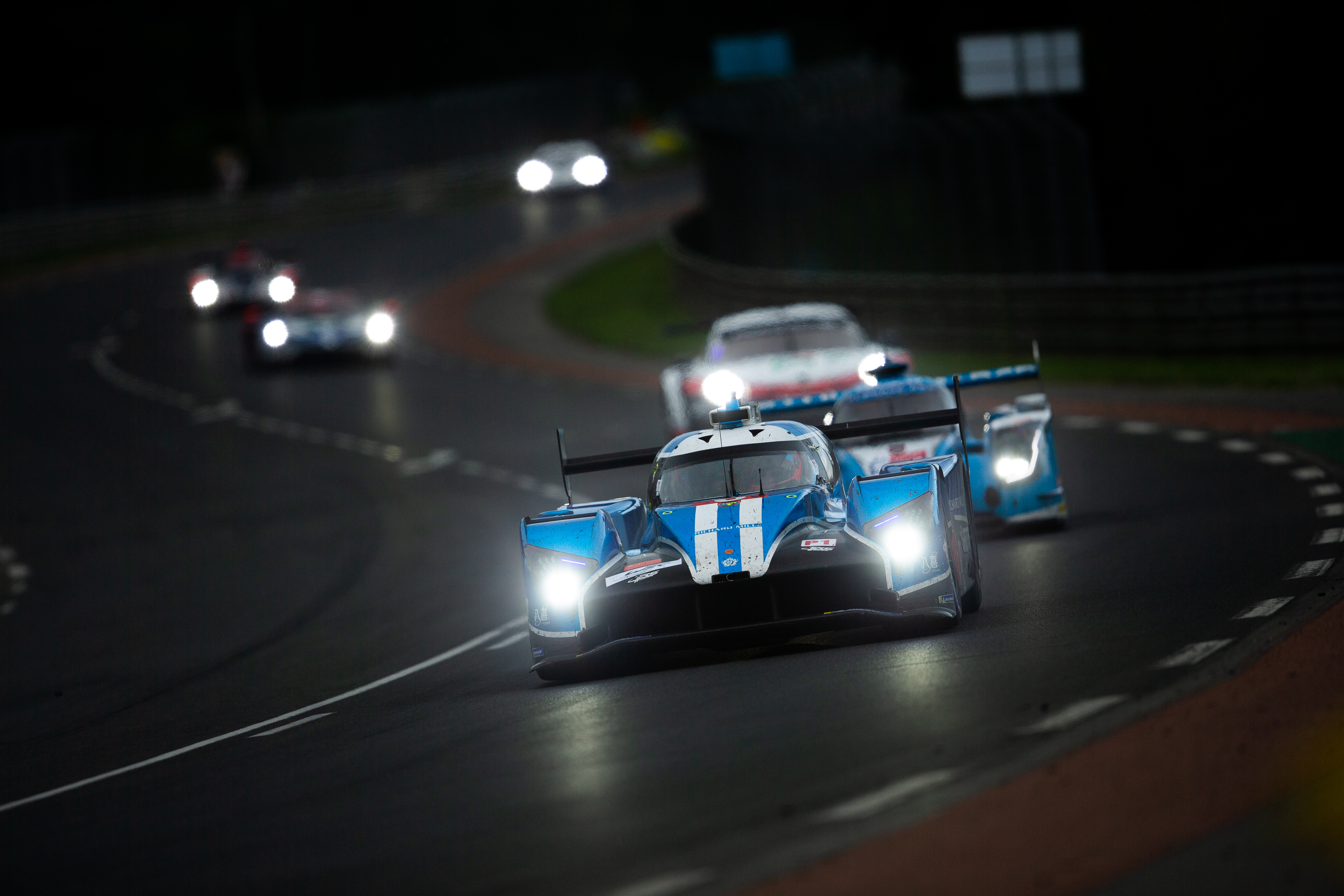A lot can change in a decade. This time ten years ago, Jenson Button and Brawn were the reigning F1 champions, Fernando Alonso was preparing to take on the mantle of Ferrari’s title hopes, and a 12-year-old Max Verstappen was just about to step up to international karting.
As we approach the start of another new year and a new decade, we’ve taken a look back at what’s characterised F1 throughout the 2010s and how these last ten years might be remembered.
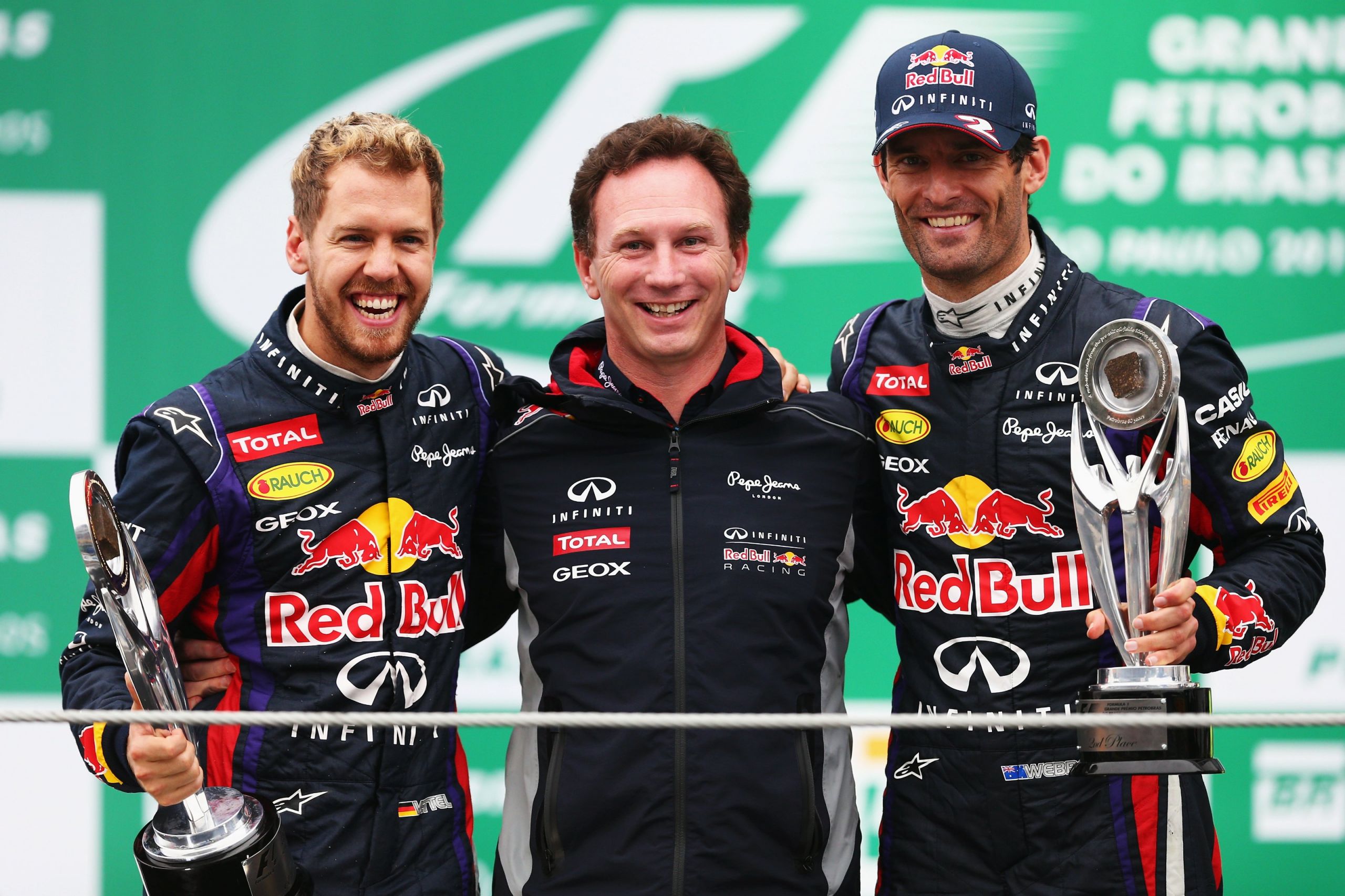
The decade of dominance
Let’s deal with the elephant in the room first. When people look back on F1 in the 2010s, they will see one headline figure: that Red Bull and Mercedes cleaned up every available title between them, and won 149 out of the decade’s 198 races. It’s the first time in F1’s history that two teams have had such a stranglehold on the sport—and hopefully the last.
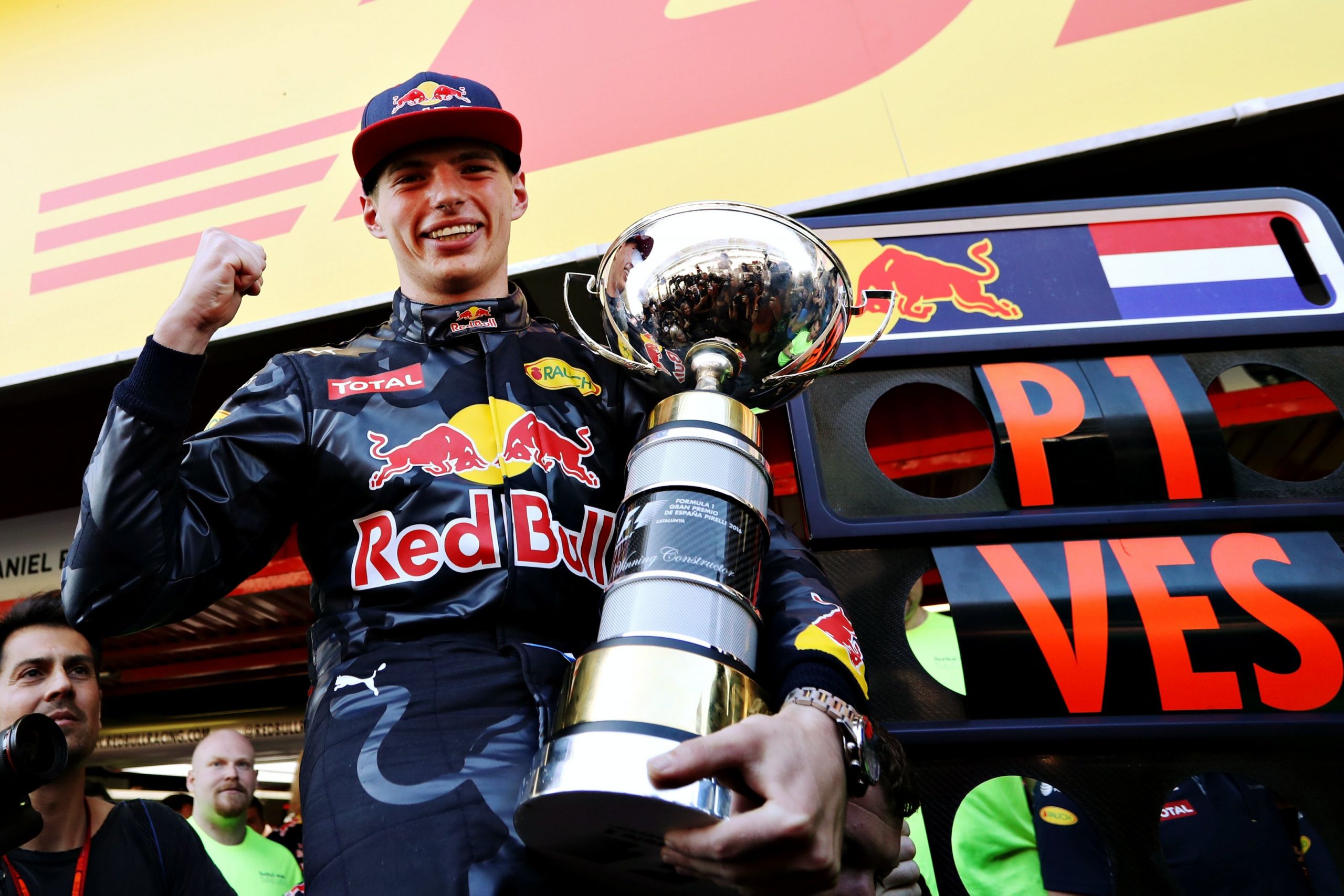
The decade of record-breaking
Sebastian Vettel, the youngest-ever World Champion. Lewis Hamilton, the most pole positions. Max Verstappen, the youngest-ever Grand Prix entrant and winner. Kimi Raikkonen, the fastest-ever F1 lap. Mercedes, the most consecutive Drivers’ and Constructors’ Championships. The 2010s weren’t just about dominance, they were about excellence.
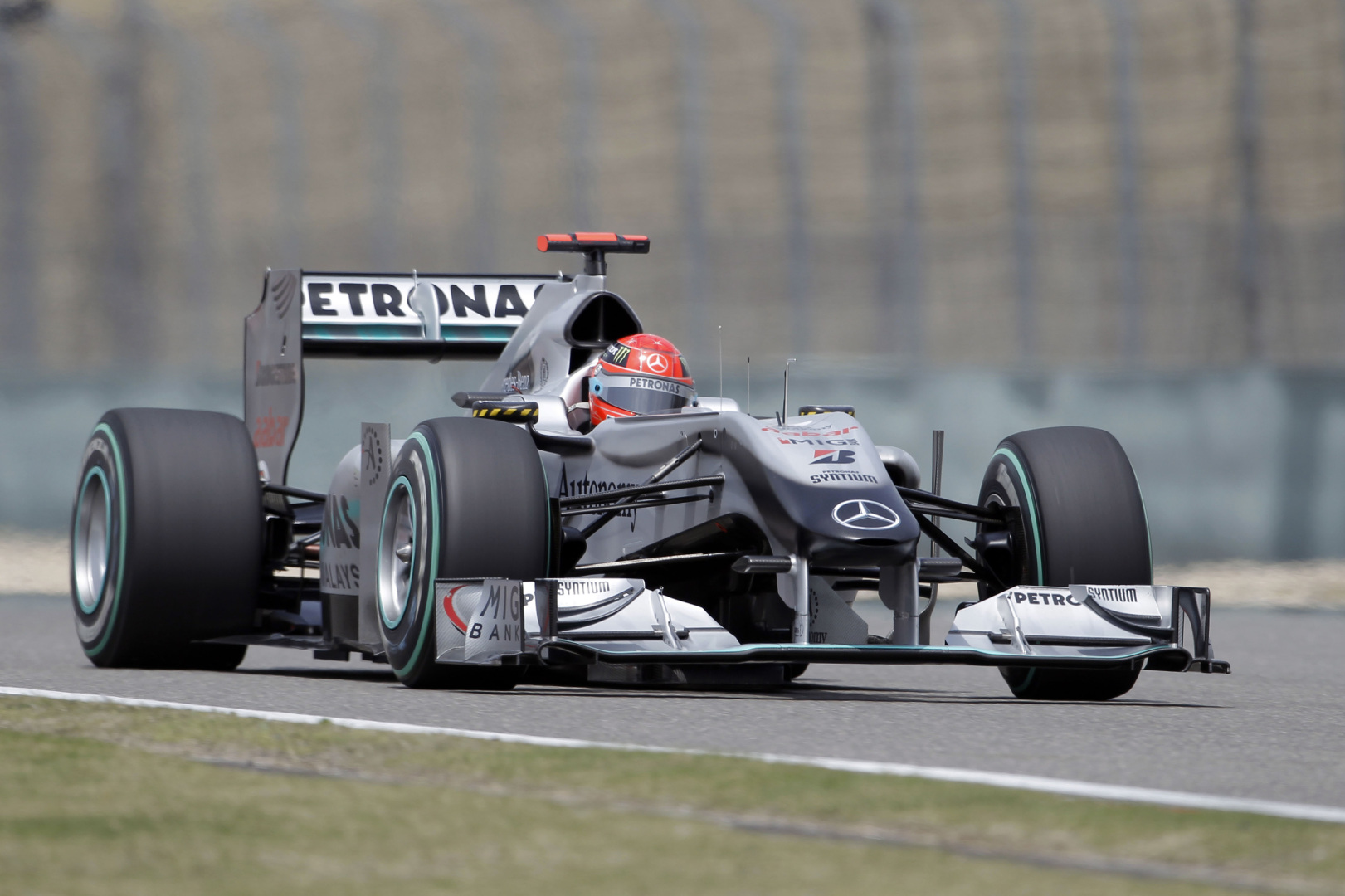
The decade of comebacks
When Michael Schumacher came out of retirement to lead Mercedes in 2010, he probably had no idea he’d started a trend. Before long, Kimi Raikkonen was back in F1 with Lotus, Pedro de la Rosa and Narain Karthikeyan were brought out of the noughties, and Brendon Hartley, Daniil Kvyat and Alex Albon were all given second chances by Red Bull after being dropped from the junior team.
But of course, the biggest comebacks of all have to be Felipe Massa returning after being placed in an induced coma in 2009, and Robert Kubica stepping back into an F1 cockpit this year for the first time since his 2011 rally accident.
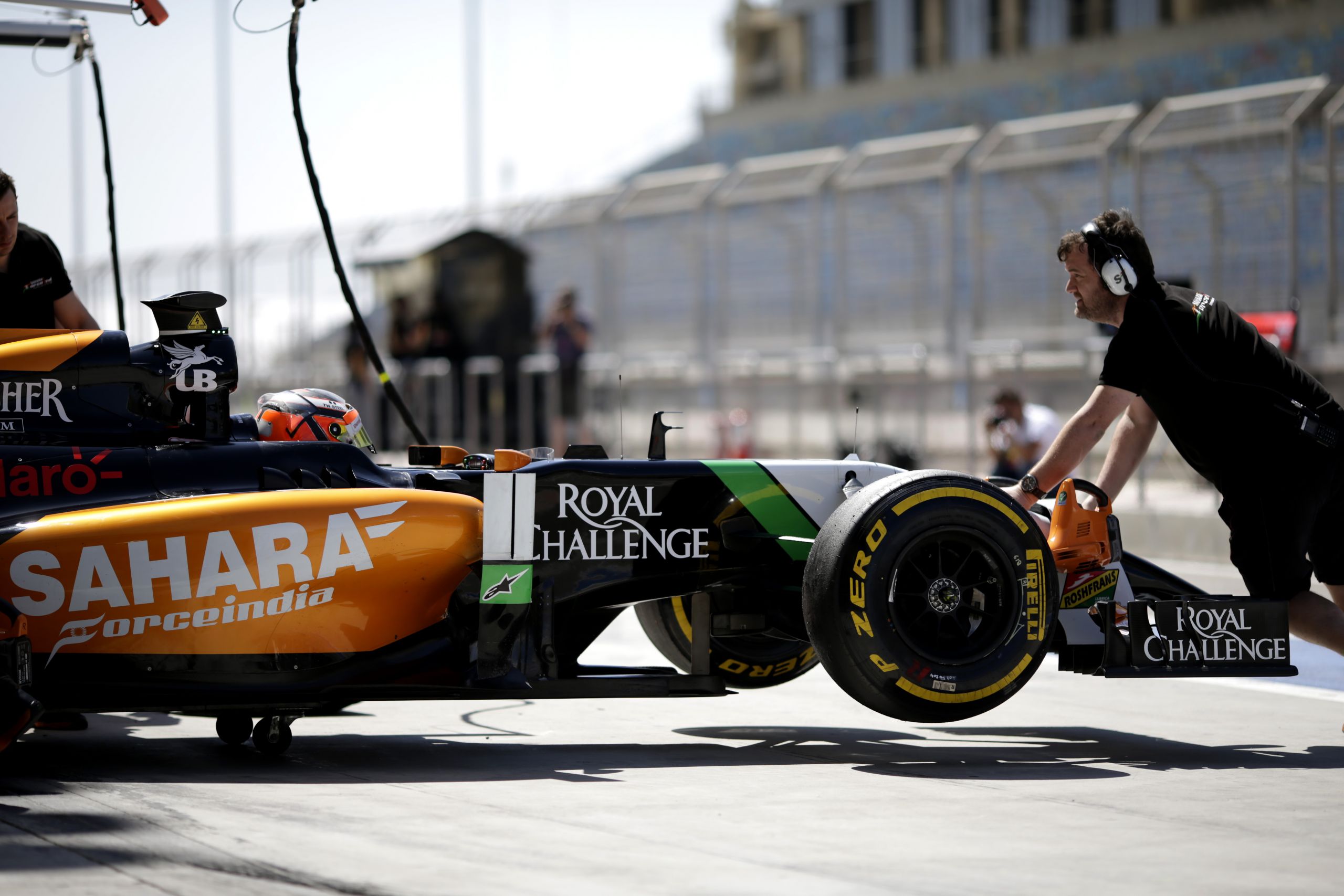
The decade of rules changes
Fans of F1’s rulebook were treated to an absolute feast over the last ten seasons. After 2009’s massive aerodynamics shift, the tweaks, refinements and total overhauls kept on coming. DRS, stepped noses, the halo. V6 turbos, the virtual safety car, and the fastest lap point. And of course, knockout qualifying and 2014’s double points finale. Not all of them were popular, but they’ve certainly kept us on our toes over the years.
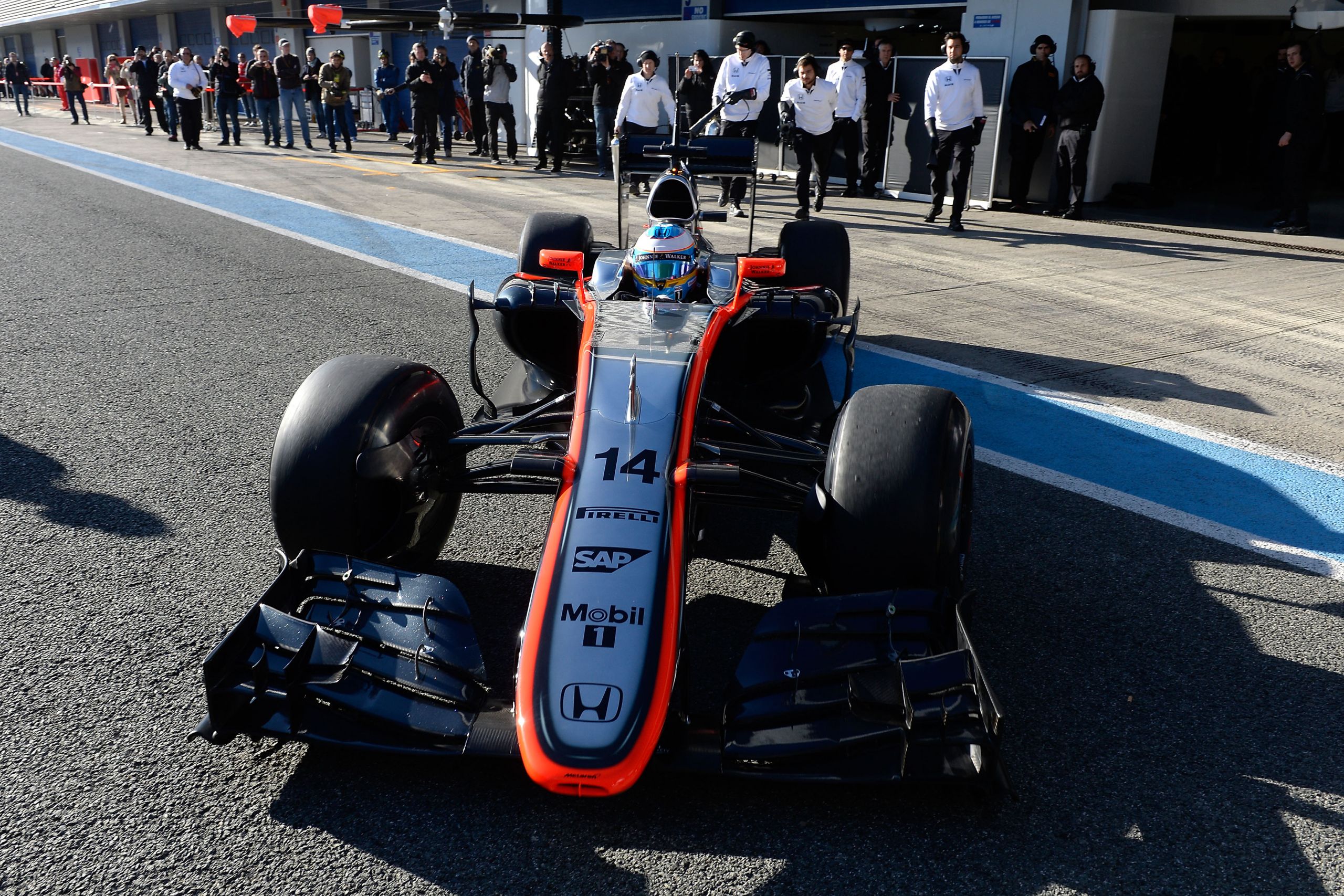
The decade of silly season
Lewis Hamilton leaving McLaren for Mercedes. Kimi Raikkonen returning to Ferrari, then to Sauber. Sebastian Vettel leaving Red Bull for Ferrari. Fernando Alonso rejoining McLaren. Nico Rosberg’s shock retirement. Red Bull’s midseason merry-go-rounds. F1’s driver market has never been tame, but the 2010s really set it alight.
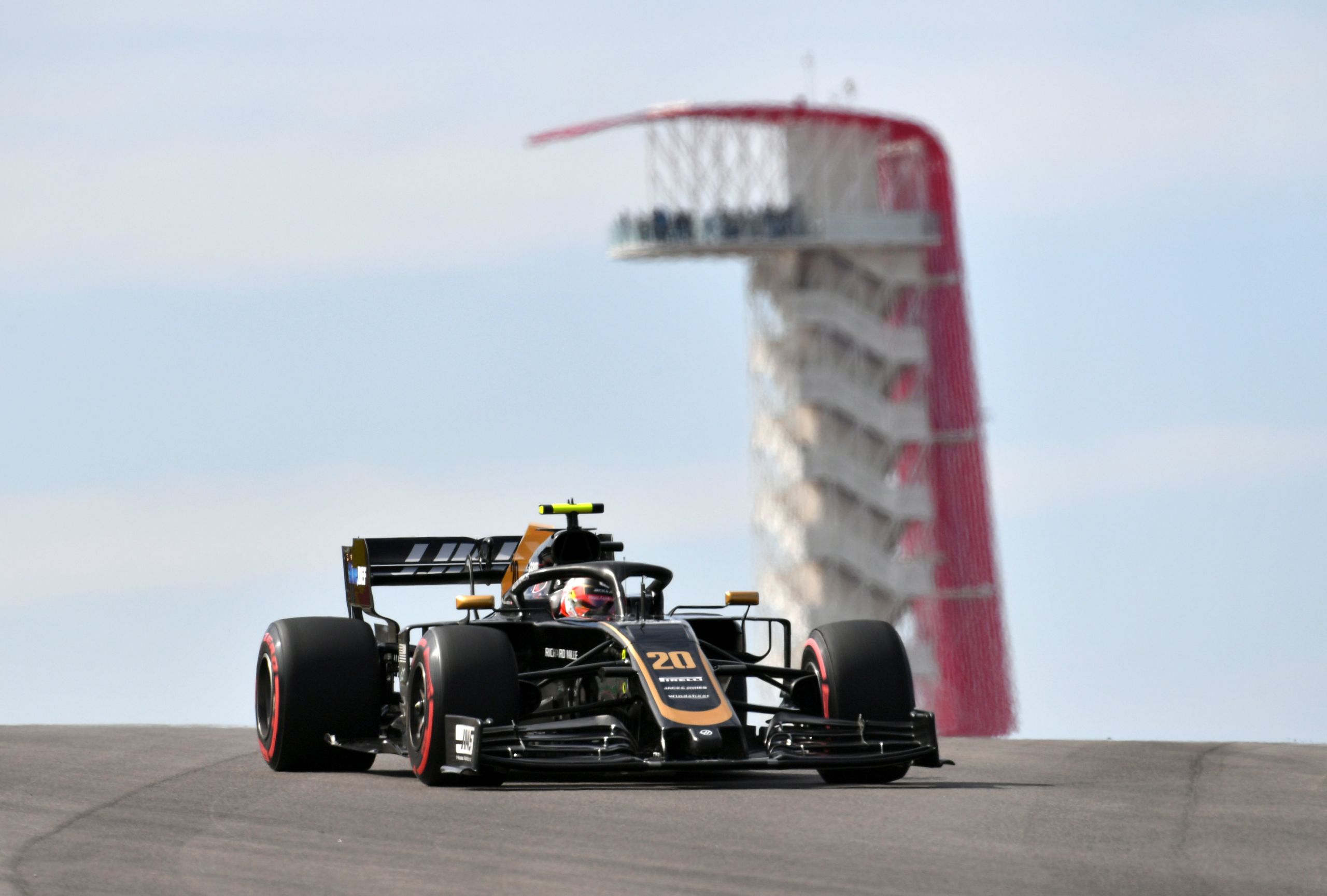
The decade F1 returned to the US
F1 has spent a lot of time since the disastrous 2005 US Grand Prix at Indianapolis trying to repair its relationship with the States. Things started going in the right direction with the return of the US Grand Prix at Circuit of the Americas and Alexander Rossi’s brief F1 appearances with Manor in 2015. But now with Haas on the grid and Liberty Media in charge of the sport itself, F1’s standing in the US finally looks to be on the mend.
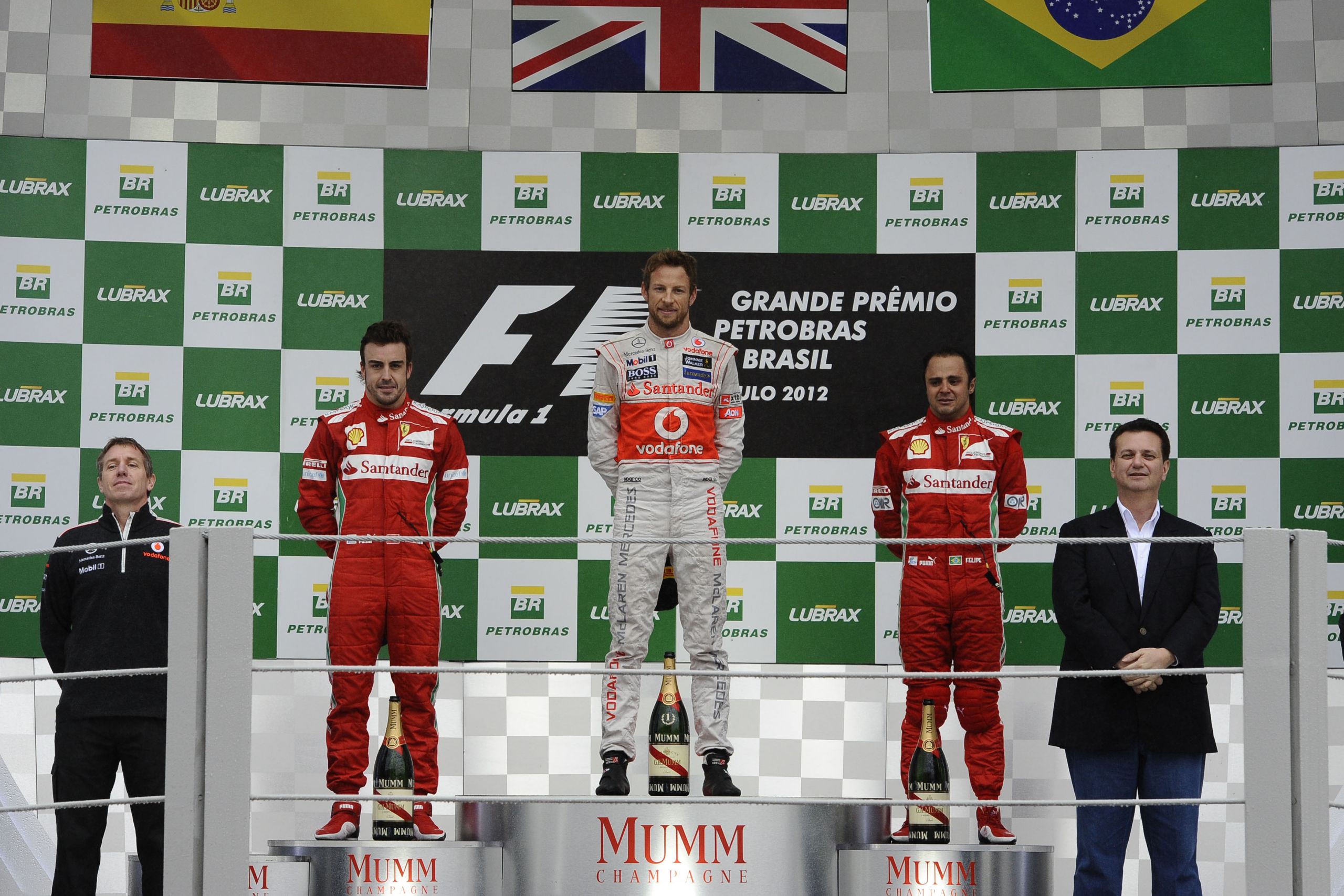
The decade of farewells to old friends
Rubens Barrichello. Michael Schumacher. Mark Webber. Jenson Button. Nico Rosberg. Felipe Massa. Fernando Alonso. Robert Kubica. So many key figures of F1’s recent past hung up their helmets over the last ten years. Thank goodness we still have Kimi Raikkonen for another year at least.
What’s been your favourite moment from the last ten years of Formula One? Let us know in the comments below.
